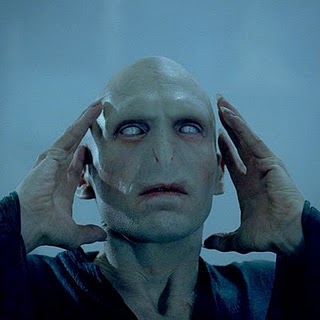My current WIP has taught me more in the past year than what I learnt in school and college. When I started it, I was under the impression that it will be a start to finish project. That I could write it in few months. But it took me over a year and more to complete it: I feel it still needs lots of polishing and editing. But, the major work is over.
Though I had plotted in detail, several drafts later my initial plot outline went for a toss. The ending was not what I had initially envisaged. As the characters grew: both in my mind and in the story, they became headstrong and wanted their two minutes of fame, via tiny sub-plots. Yes, the doting writer that I am, I allowed them this leeway.
This WIP taught me what mom and dad tell me is not my better known quality. I am not known for my patience. This WIP taught me patience by the truckload. It took a long time to arrive at its completion point and there were many roadblocks and obstacles that I had to overcome. Each obstacle ensured that I was away from my WIP for several days. And everytime I returned it was more difficult to get into the story as the distractions had fiddled with my thinking process.
Few characters jumped into my mind fully formed: arrogant and full of pride that I would welcome them with open arms. Few other characters were a part of my extensive brainstorming sessions. I realized that there was no hard and fast rule when it came to characters. Each one has a mind of its own and a temperament to match it.
This WIP taught me that I was neither a plotter nor a pantser, I was half and half. Though I plotted in details, I often strayed away from it when voices whispered frantically in my ears.
This WIP also taught me submissive behaviour, many times I just bowed down to the inevitable: the pull of the story was too strong and it dragged me along wherever it wanted to go. Many characters too turned into monsters if I did not include them in the subplots.
In the course of writing this WIP, I learnt the important lesson that the final draft or version is very different from the initial few drafts. It also taught me to let go: scenes I had lovingly created in the first few drafts are nowhere around.
We do learn a lot during the process of writing. The story itself turns out to be the biggest teacher of them all. What have you all learned from your current WIP, or, are learning in the course of the WIP of the moment. Are your characters and stories making you go crazy? Is your WIP docile, or, does it have a mind of its own?






